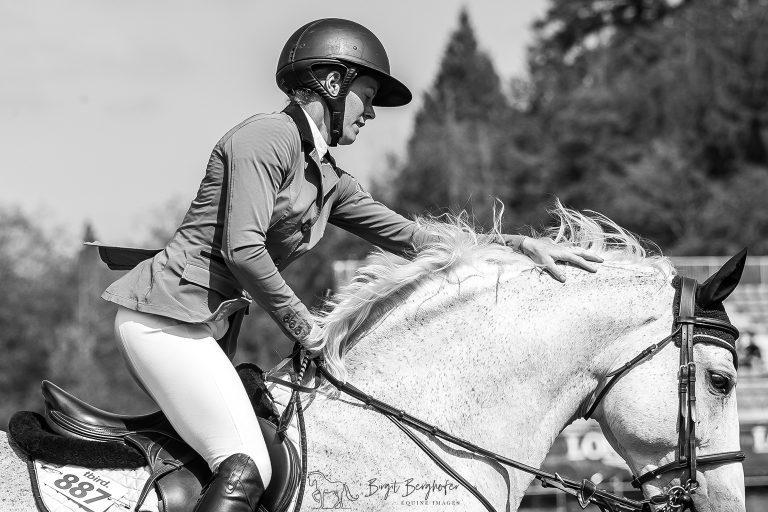
The Power of a Pat
Patting your pony after a ride might seem like a small gesture, but it carries a lot of meaning. It’s a simple way to show appreciation for the work your pony has done. They’ve carried you, followed your cues, and put in their effort, and a gentle pat is your way of saying “thank you.” It’s a recognition of the partnership between you two, acknowledging that they’ve done their part just as you’ve done yours1.
In addition to showing appreciation, patting your pony also strengthens the bond between you. Consistent, kind gestures like this reassure your pony that they’re safe with you and that their efforts are recognized positively2. It helps build trust and encourages a deeper connection between you both, fostering an environment where your pony feels supported and understood.
A pat after a ride can also act as positive reinforcement. Horses are very responsive to tone and touch3, and a soft pat lets them know they’ve done well. Over time, this helps them associate rides and work with positive outcomes, reinforcing good behavior and creating a sense of accomplishment4. Just as you might appreciate a hug or a handshake after a job well done, your pony enjoys the same kind of acknowledgment.
Moreover, a pat can be calming for your pony. It helps them transition from “work mode” to rest and relaxation, offering a soothing end to the ride5. Finally, horses thrive on routine, and a post-ride pat helps create a predictable, comforting conclusion to each session, possibly followed by grooming or a treat. This consistent, gentle routine reassures your pony that they’re cared for6.
Something so small can make a big difference. A little appreciation goes a long way in keeping your pony happy, connected, and eager to work with you again. And let’s be honest… patting your pony doesn’t just build connection — it makes for beautiful, heartfelt photos too.
Do you have a special way of thanking your horse after a ride? A pat, a treat, a quiet moment together? I’d love to hear what your post-ride rituals look like — share in the comments below, or tag a fellow rider who always shows their horse some love
- McGreevy, P., & McLean, A. (2010). Equitation Science. Wiley-Blackwell. ↩
- Hausberger, M., Roche, H., Henry, S., & Visser, E. K. (2008). A review of the human–horse relationship. Applied Animal Behaviour Science, 109(1), 1–24. ↩
- Proops, L., McComb, K., & Reby, D. (2009). Cross-modal individual recognition in domestic horses (Equus caballus). Proceedings of the National Academy of Sciences, 106(3), 947–951. ↩
- Warren-Smith, A. K., & McGreevy, P. D. (2007). The use of blended positive and negative reinforcement in shaping the halt response of horses (Equus caballus). Animal Welfare, 16(4), 481–488. ↩
- Visser, E. K., van Reenen, C. G., Rundgren, M., Zetterqvist, M., Morgan, K., & Blokhuis, H. J. (2003). Responses of horses in behavioural tests correlate with temperament assessed by riders. Equine Veterinary Journal, 35(2), 176–183. ↩
- McDonnell, S. (2003). The Equid Ethogram: A Practical Field Guide to Horse Behavior. Eclipse Press. ↩
Featured photo by Birgit Berghofer – Equine Images

Leave a Reply
You must be logged in to post a comment.